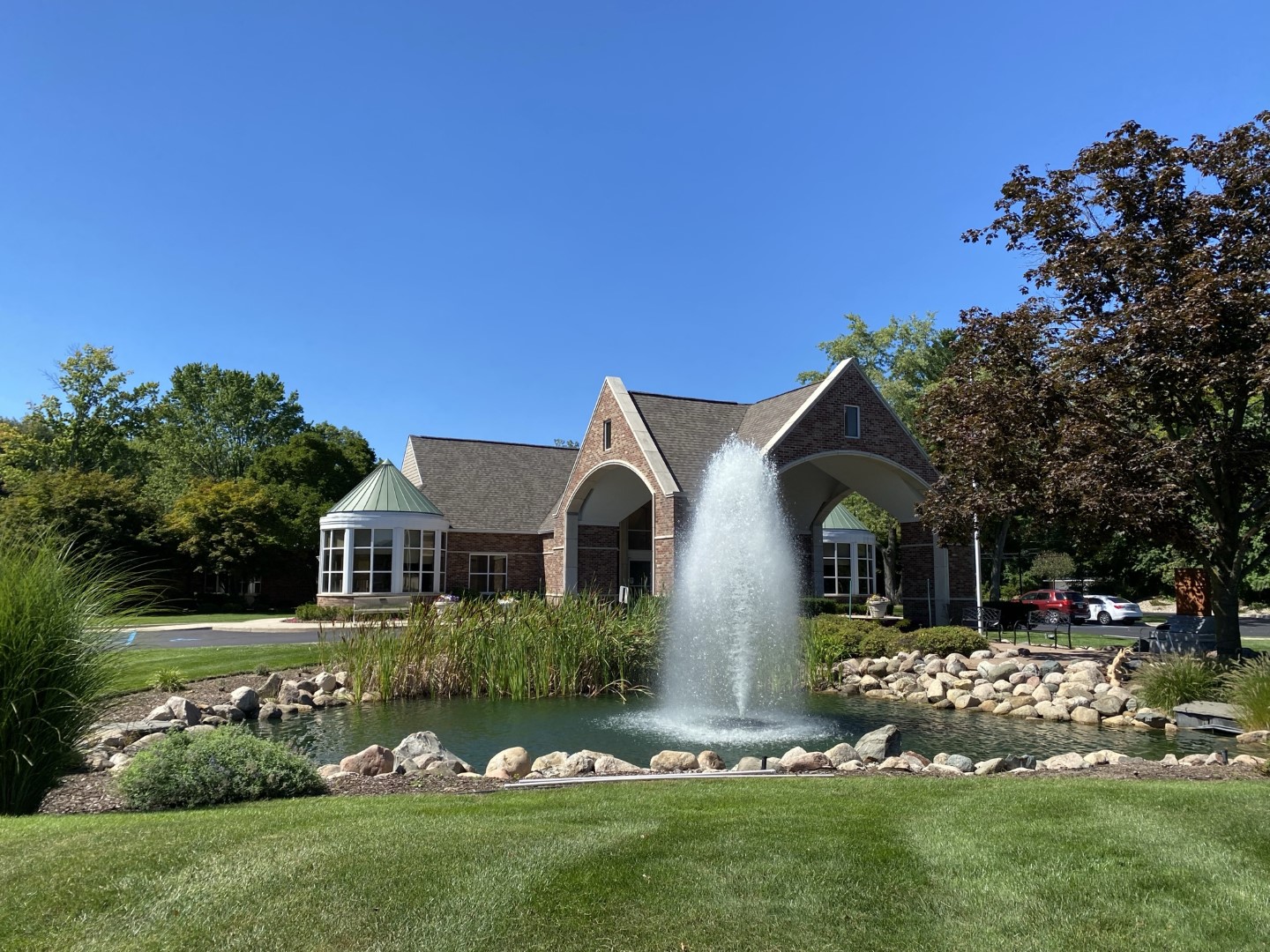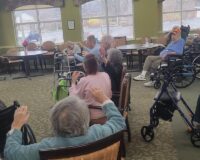As people age, maintaining independence becomes a priority. For many seniors, the idea of losing their autonomy is daunting, but assisted living communities offer a solution that balances the need for care with the desire for independence. Assisted living provides a supportive environment where seniors can continue to live independently while receiving the assistance they need with daily tasks. This approach allows them to maintain control over their lives, make their own decisions, and enjoy the freedom that comes with a sense of self-reliance. In this article, we will explore how assisted living supports the independence of seniors, ensuring they live fulfilling and empowered lives.
Supporting Independence Through Personalized Care
-
-
Customizable Care Plans
-
One of the key ways assisted living supports independence is through personalized care plans. Each resident receives a care plan tailored to their specific needs, allowing them to retain as much independence as possible. For example, a resident who is still capable of managing their medications but needs help with mobility will receive assistance only in the areas where it’s needed. This personalized approach ensures that seniors do not feel over-reliant on caregivers, fostering a sense of independence and self-sufficiency.
-
-
Freedom of Choice
-
Assisted living communities like Manoogian Manor prioritize giving residents the freedom to make their own choices. Whether it’s deciding what to eat, what activities to participate in, or how to spend their day, residents are encouraged to make decisions that suit their preferences and lifestyle. For instance, residents can choose to dine in their rooms or join others in the communal dining area, providing them with a sense of control over their daily routines. This freedom of choice is crucial in helping seniors feel independent and respected.
-
-
Encouragement of Physical Activity
-
Maintaining physical independence is vital for seniors, and assisted living communities offer numerous opportunities for residents to stay active. From fitness classes to walking clubs, these activities are designed to accommodate varying levels of mobility while promoting health and independence. A resident who enjoys morning walks, for example, can join a group that explores the community’s gardens, helping them stay physically active and independent. Regular physical activity not only boosts overall health but also reinforces a senior’s ability to perform daily tasks independently.
-
-
Access to Transportation
-
Transportation is another critical aspect of maintaining independence. Assisted living communities often provide transportation services that allow residents to run errands, attend appointments, and participate in off-site activities without relying on family members. For example, a senior who wishes to visit the local library can arrange for transportation, enabling them to continue enjoying their favorite pastimes independently. This access to transportation ensures that residents remain connected to the broader community and can continue living an active, independent life.
-
-
Opportunities for Social Engagement
-
Social interaction is essential for maintaining mental and emotional independence. Assisted living communities offer a variety of social activities that allow residents to engage with their peers, form new friendships, and participate in community events. A resident who enjoys playing cards might join a weekly bridge club, where they can socialize and exercise their cognitive abilities. These social opportunities help seniors maintain a sense of identity and independence, as they are free to choose how they interact with others and what activities they participate in.
-
-
Private Living Spaces
-
Assisted living communities respect the privacy and autonomy of their residents by offering private or semi-private living spaces. These spaces allow seniors to maintain a sense of ownership and independence, as they can personalize their living areas to reflect their tastes and preferences. For example, a resident might decorate their apartment with family photos and personal mementos, creating a space that feels like home. Having a private living area reinforces a resident’s independence, as it provides them with a sanctuary where they can retreat and enjoy solitude when desired.
-
-
Supportive Staff and Resources
-
The staff at assisted living communities are trained to support independence while providing necessary care. They understand the importance of allowing residents to do as much as they can for themselves while being there to assist when needed. For instance, a resident who enjoys fashion might be encouraged to pick out their own clothes for the day with minimal assistance, fostering a sense of accomplishment and independence. Additionally, resources such as physical therapy and wellness programs are available to help residents maintain or regain their independence, ensuring they can continue living life on their terms.
Conclusion
Assisted living is not about taking away independence; it’s about enhancing it by providing the support seniors need to live life to the fullest. By offering personalized care plans, freedom of choice, opportunities for physical activity, transportation services, social engagement, private living spaces, and a supportive staff, assisted living communities like Manoogian Manor empower seniors to maintain their independence. This balance of care and autonomy allows residents to enjoy a fulfilling life where they can continue to make decisions, pursue their interests, and live independently while knowing that help is available whenever they need it. As we consider the best options for our aging loved ones, it’s clear that assisted living offers a path to independence that respects their dignity and enhances their quality of life.





